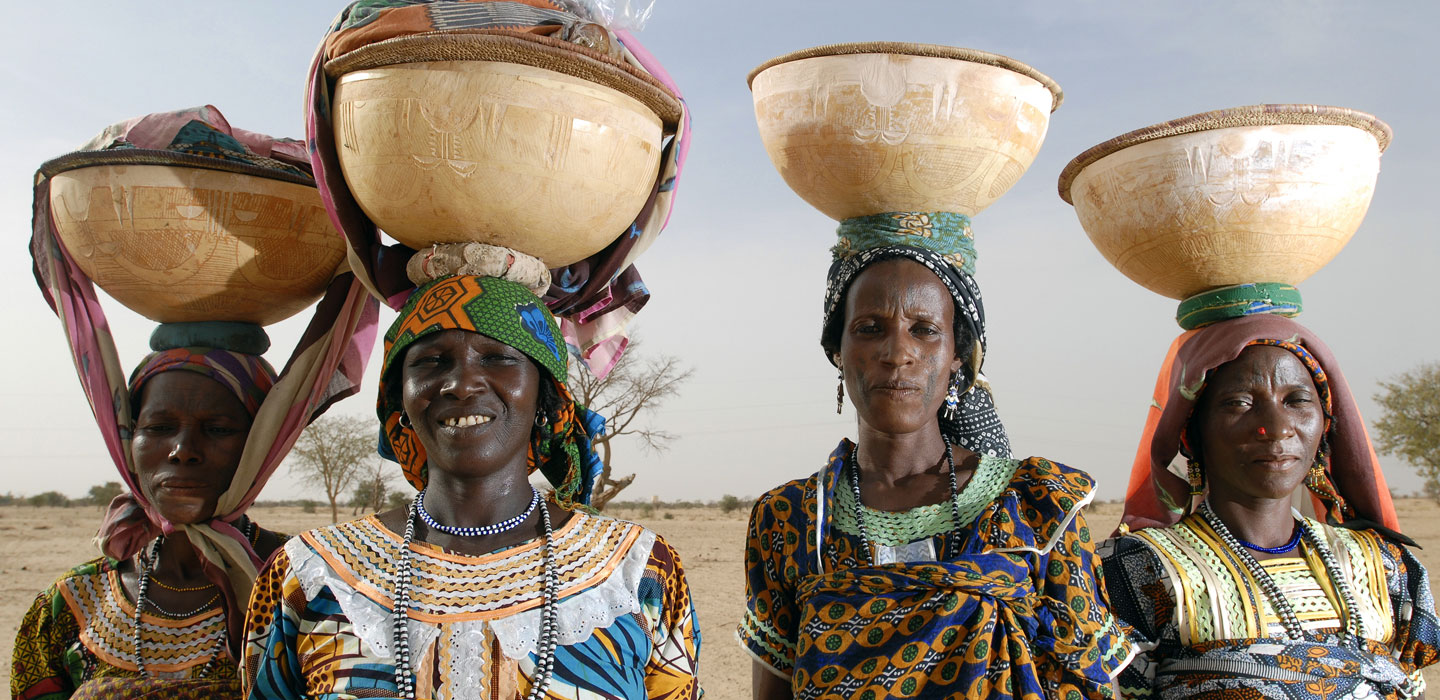Tools and guidelines
الأدوات والإرشادات

الأدوات والإرشادات
عرض القائمة
Search Results Filters
نتائج البحث
How to do Strengthening community-based commodity organizations
أكتوبر 2016
With populations growing, fast emerging middle classes are demanding quality produce, luxury goods (tobacco, alcohol) and animal proteins, and there is pressure on domestic agricultural production to meet these needs.
How to do note - Formalising community-based microfinance institutions
سبتمبر 2016
The purpose of this publication is to provide IFAD CPMs, MFIs, and all technical and financial partners with a methodological tool that will facilitate efficient implementation of the institutional transformation or regrouping processes of microfinance institutions, especially those that serve rural populations – processes that a priori are highly complex.
Lessons learned - Formalising community-based microfinance institutions
سبتمبر 2016
Despite the progress made in the microfinance sector, its expansion has been hindered in large measure by institutional and financial impediments. This situation has led some institutions to embark on an institutionalization, institutional transformation, or regrouping process to overcome the obstacles in their path.
Toolkit: Formalising community-based microfinance institutions
سبتمبر 2016
Microfinance institutions (MFI) take various forms these days, among them: projects, credit union or village banking networks, savings and credit cooperatives and mutual institutions, associations, capital companies, etc.
Gender in climate smart agriculture, Module 18 for the Gender in Agriculture Sourcebook
يوليو 2016
This module provides guidance and a comprehensive menu of practical tools for integrating gender in the planning, design, implementation, and evaluation of projects and investments in climate-smart agriculture (CSA). The module emphasizes the importance and ultimate goal of integrating gender in CSA practices, which is to reduce gender inequalities and ensure that men and women can equally benefit from any intervention in the agricultural sector to reduce risks linked to climate change. Climate change has an impact on food and nutrition security and agriculture, and the agriculture sector is one of the largest emitters of greenhouse gases. It is crucial to recognize that climate change affects men and women differently. The initial assumption is that social differences, particularly gender inequality, must be taken into account to strengthen the effectiveness and sustainability of CSA interventions. Women are key players in the agricultural sector, yet compared to men, they own fewer assets and have access to less land, fewer inputs, and fewer financial and extension services.
Compendium of rural women’s technologies and innovations
أبريل 2016
It’s a well-worn cliché that women’s work is never done. But in many parts of the world, it’s still undeniably true.
Toolkit: Reducing rural women’s domestic workload through labour-saving technologies and practices
أبريل 2016
Labour-saving technologies and practices promote inclusive development by reducing the domestic workload and freeing up time to perform productive tasks, to participate in decision-making processes and development opportunities, and to enjoy more leisure time.
Lessons learned: Reducing women’s domestic workload through water investments
أبريل 2016
There is a recognized need in the water sector for more accurate data on access to water in terms of the distance travelled and the time needed to collect water to meet all household needs, and who or what combination of people are involved in water collection.
How to do note: Reducing rural women’s domestic workload through labour-saving technologies and practices
أبريل 2016
This How To Do Note looks at the opportunities provided by labour-saving technologies and practices for rural women in the domestic sphere. The purpose is to inform IFAD country programme managers, project teams and partners of proven labour-saving methods available to reduce the domestic workload and how they can best be selected and implemented – to help promote equitable workloads between men and women and contribute to poverty eradication.